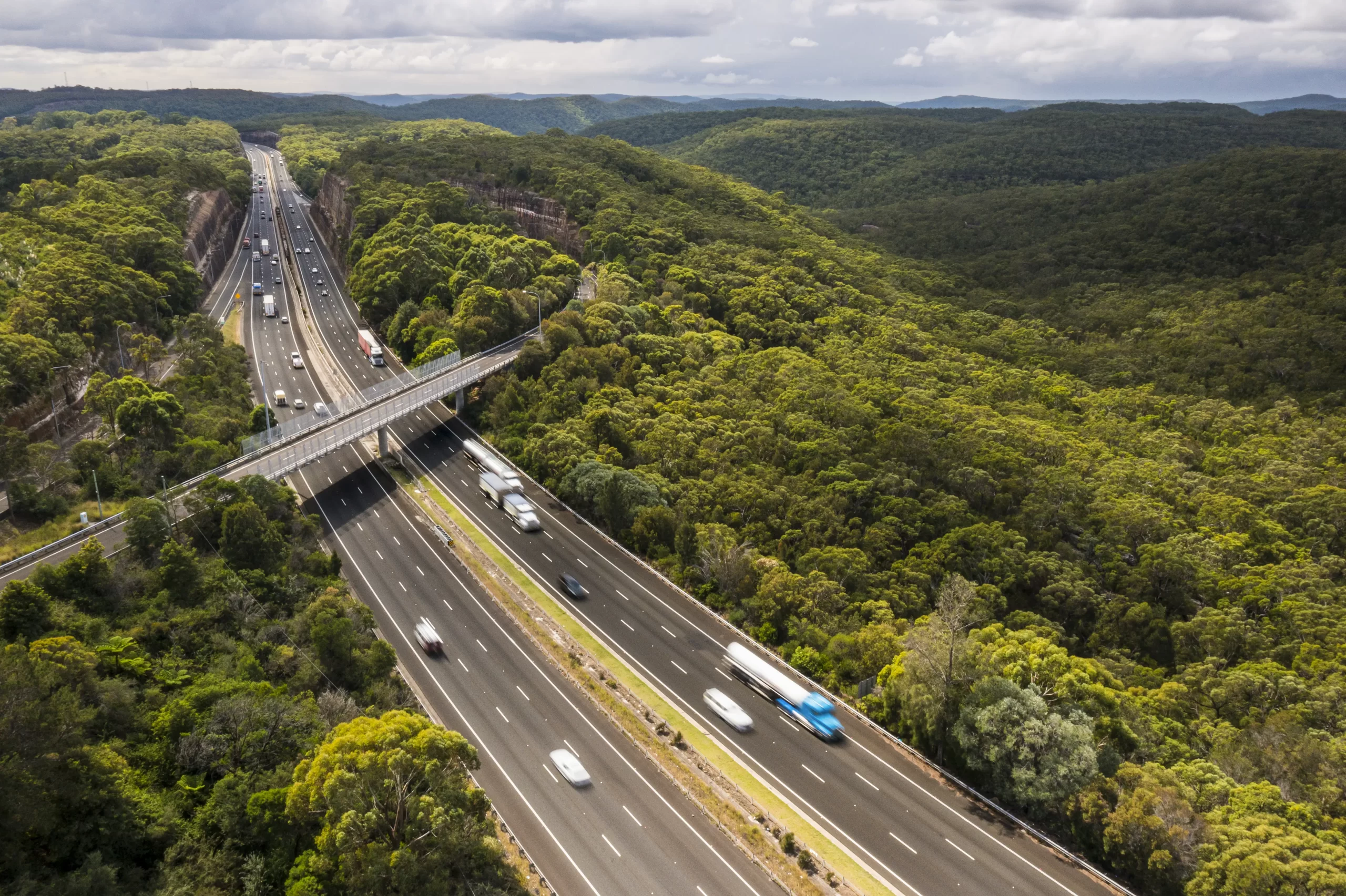
This year has seen the emergence of a “new normal” in many aspects of life, as the initial impacts of the COVID-19 pandemic start to recede. The pandemic itself had massive repercussions for the freight industry the world over, including the road freight industry here in Australia. So where is the industry at now?
Reliance on road freight
During the early days of the pandemic, the road freight industry found itself both in hot demand and simultaneously subject to the constraining effects of lockdowns, border closures and quarantine restrictions. Lockdowns and working from home meant an increased demand for deliveries of all kinds and resulted in major pressure on the freight network at a time when supply chains were seriously disrupted. At the same time, freight drivers found themselves at higher risk of contracting COVID and required to comply with an extensive range of new safety measures in order to stay on the road.
Road freight logistics emerged as a vital player in the nation’s economic stability, and alongside this, came the raised expectations of consumers. Since the pandemic, consumers have come to expect far more transparency from transport and delivery providers, not to mention efficiency and increased focus on customer service. Transport businesses would do well to take heed of this new expectation and ensure that they have systems in place to maintain clear communication with their clients and raise levels of customer satisfaction.
Infrastructure inadequacies
The increased reliance on road freight during and since the pandemic has highlighted some deficiencies in Australia’s road infrastructure. A lack of road infrastructure funding over many years, coupled with recent natural disasters has led to the deterioration of many major freight routes, particularly in regional and remote areas. As well as causing disruption to essential supply chains and associated disruption to freight companies, an inadequate road system places transport drivers at greater risk of accident. In New South Wales alone, experts predict that freight volume will increase by up to a third over the next thirty years, which is likely to massively increase pressure on an already strained road network. All stakeholders will need to commit to solving this problem if we are to see improvements in this area.
Driver shortages
The massive boom in road freight transport over the last few years has also had an impact on the ability of transport businesses to remain afloat in an increasingly competitive environment. Even before the pandemic hit, the road transport industry was struggling with an aging workforce and a recruitment process that wasn’t keeping up with forecasted demand. As experienced drivers retired or stepped away from the industry, a shortage developed which has seen far more vacancies than there are drivers available to fill them, and this has had serious knock-on effects to service provision to regional communities in particular.
Where to from here?
At present, the industry is facing the double pressures of labour shortages and increased delivery demands. The obvious answer to this problem is to attract and train new drivers to replace those due for retirement. Of course, it’s not quite so simple to find new drivers – training takes time, and even newly licenced drivers will face their own challenges as they learn to manage Australia’s unique road system. It may be that transport and delivery businesses will need to be proactive in seeking out employees with potential and invest in their skills and experience in order to retain valuable workers. Companies that look after their labour force, by ensuring they are compliant with safety standards and managing workloads to avoid driver fatigue and burnout are also more likely to succeed in retaining prized employees.
Find out how GoDesta can support you in keeping your employees safe, productive, and driving Australia’s future here.
GoDesta Transport Management System
Book your free consultation here.

